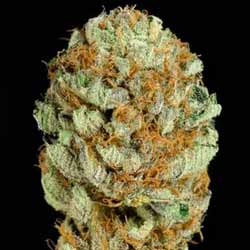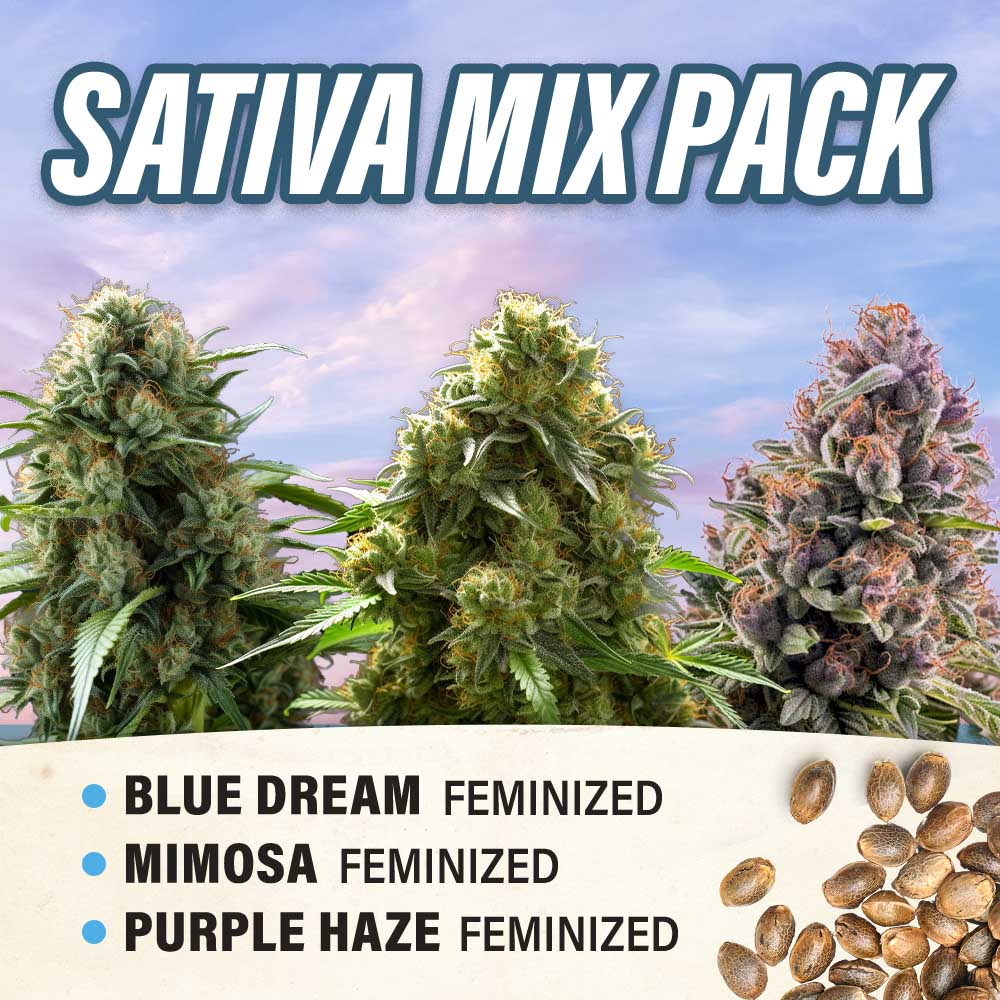When to Harvest Cannabis: A Complete Grower’s Guide
After weeks of tending to your cannabis plants—from germination and vegetation to the flowering stage—you’ve arrived at the final and most exciting chapter: harvest. But harvesting cannabis isn’t just about cutting the plant and sparking up a joint; it’s about knowing when to harvest. Done right, harvesting is a detailed process that determines the overall potency, flavor, and quality of your final product.
In this guide, we’ll cover when to harvest cannabis, how to identify the perfect window, and what tools and steps you need to make sure your buds are at their peak. Whether you’re a first-time grower or improving your technique, these insights will help you nail the final stretch.
Table of Contents
When Is Cannabis Ready to Harvest?
Most cannabis strains reach harvest maturity between weeks 10 and 14 of the grow cycle. However, the calendar isn’t the most reliable guide. Plants differ based on strain type, lighting conditions, and whether they’re autoflowers or photoperiod plants. That’s why successful growers don’t just go by the timeline—they look at the plant.
Signs Your Cannabis Is Ready:
- Calyxes are swollen and full
- Pistils (stigmas) turn from white to orange/brown
- Fan leaves begin yellowing or falling off
- Trichomes change from clear to cloudy to amber
Step 1: Eyeball Your Plant
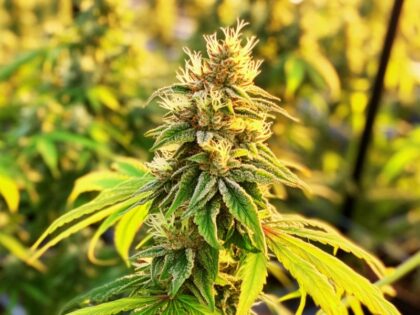
Start by scanning the overall health and look of your plant. You’ll want to flush it with plain water 3-5 times before harvest (if you haven’t already), which clears out any excess nutrients. Then examine:
- Leaves: Are the large fan leaves starting to yellow or drop? This is a natural sign of late-stage growth in the flowering stage.
- Buds: Knowing when to harvest is crucial for cannabis plants. Are they dense and aromatic, with pistils starting to darken and curl inward?
While these signs give you a general idea, you’ll need a more precise method for accuracy.
Step 2: Check the Trichomes
The trichomes—tiny crystal-like glands on your buds—are the key indicator of harvest timing. You’ll need a magnifying tool such as a wireless microscope, jeweler’s loupe, or macro lens to inspect them.
What to Look For:
- Clear trichomes: Not ready. Low THC and flavor.
- Cloudy trichomes: Peak ripeness and potency with a more uplifting high.
- Amber trichomes: More sedative and relaxing effects, often called “couch lock.”
💡 Pro Tip: Most growers aim for a trichome ratio of cannabis buds. 80% cloudy and 20% amber to balance energy and relaxation.
Step 3: Consider a Pre-Harvest Dark Period (Optional)
Many cultivators place their plants in complete darkness for 48–72 hours before harvest. The theory is that this stresses the cannabis plant, encouraging it to produce more cannabinoids and terpenes before it is ready for harvest.
Set your plant in a dark, cool, well-ventilated room. A powder room, closet, or even a bathroom (with the light bulb removed) works well. Use a fan to prevent moisture buildup and towel the door to block light.
Choosing a Harvest Method
You’ve confirmed that your plant is ready—now what? Your next decision is how to harvest it. There are two common methods:
Full Harvest
Best for small or evenly ripened cannabis buds. Simply cut the main stalk at the base using sharp gardening shears on the cannabis plant. This is the most straightforward method and ideal if you want to dry everything at once.
Partial (Staggered) Harvest
Ideal for larger plants or when upper buds are mature but lower ones need more time. In this method, you:
- Cut ripe top branches first
- Let the lower buds continue maturing for a few more days or weeks
This technique maximizes your total yield and ensures all buds are harvested at their peak.
Drying Your Cannabis: Hang vs. Rack
Once harvested, cannabis must be dried slowly over 5–14 days in a dark, well-ventilated space. Your environment should be:
- 60–70°F
- 50–60% humidity is ideal for the cannabis harvest.
- Constant airflow (use an oscillating fan)
Hang Drying
- Best for full harvests
- Hang entire plants or branches upside down using string, hangers, or a clothesline
- Space-efficient but requires a dedicated drying room for the cannabis harvest.
Rack Drying
- Better for partial cannabis harvests or smaller spaces.
- Use a mesh herb dryer rack to lay buds flat
- Rotate buds every few days to avoid flat spots
💡 Product Tip: The WeDryer XL is a discreet, odor-controlled mesh drying system with a built-in carbon filter.
Wet Trim vs. Dry Trim
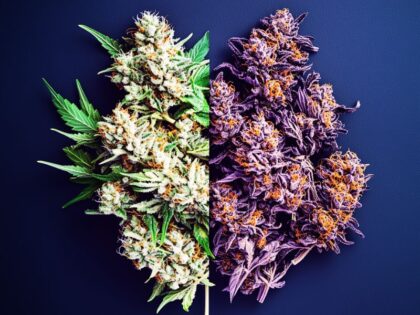
Trimming removes fan leaves and sugar leaves to clean up your buds. You can do this before drying (wet trim) is an important step in the cannabis harvest process. or after drying (dry trim).
Wet Trim
- Done immediately after harvest
- Easier for beginners to identify what to cut
- Shortens drying time
- Pairs well with rack drying
Dry Trim
- Done after drying
- Helps preserve terpenes longer
- Trichomes are more brittle—be gentle
- Ideal for hang-dried plants
Use sharp micro-tip scissors and wear gloves. Clean your tools with 70% isopropyl alcohol to prevent stickiness and mold spread.
Watch Out for Bud Rot
Botrytis, or bud rot, is a hidden menace during the drying and trimming process. It starts inside dense buds and may not be visible at first glance.
Signs of Bud Rot:
- Gray or brown fuzz inside buds
- Musty or rotten smell
- Buds crumble to the touch
Don’t consume moldy buds. If you find any signs of rot, discard the affected area immediately and sanitize your tools. Prevent rot by improving airflow and spacing using low-stress training (LST) during growth.
Curing: The Final Stage
Your cannabis is dry, trimmed, and mold-free. Now it’s time to cure your buds to enhance flavor, aroma, and potency.
Supplies:
- Airtight glass mason jars are perfect for storing your cannabis harvest.
- Mini hygrometers to monitor humidity
- Boveda humidity packs are essential for maintaining the right conditions during the cannabis harvest. (62% RH is ideal)
Steps to Cure Cannabis:
- Fill jars 75% full (don’t pack tightly).
- Label each jar with strain name and curing start date.
- For the first week, open jars once a day for 5-10 minutes (“burping”).
- After the first week, burp every other day.
- Cure for 2–4 weeks minimum.
When cured properly, buds should snap off cleanly, smell sweet (not grassy or ammonia-like), and burn smoothly.
What To Do With Sugar Leaves?
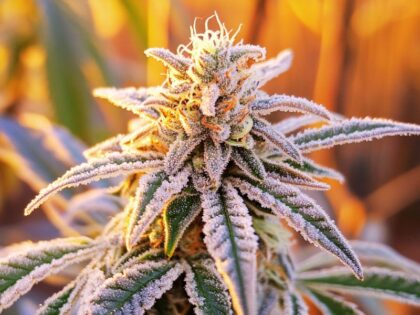
Don’t toss those cannabis buds. frosty sugar leaves. They contain trichomes and can be reused to make:
- Cannabutter
- Cannabis tea
- Edibles
- Vape blends
Just make sure to decarboxylate the leaves (heat them at 240°F for 30–40 minutes) before using them in recipes.
Final Thoughts: Your Harvest is a Success
You’ve grown, nurtured, and harvested your cannabis with care—and now it’s time to enjoy the rewards. Whether you prefer smoking, vaping, or making edibles, your homegrown cannabis offers a level of freshness and customization no dispensary can match.
Beyond the bud, you’ve also picked up new gardening skills, learned the value of patience, and hopefully found some peace in the process. Now light up, relax, and appreciate the art and science of cannabis cultivation.
FAQs: When to Harvest Cannabis
What should cannabis look like when it’s ready to harvest?
Look for cloudy or slightly amber trichomes, darkened pistils, and fattened calyxes. These are clear signs that your buds have reached optimal maturity.
Is it better to do a full or partial harvest?
It depends. A full harvest is easier for small plants or even ripening. A partial harvest lets you grab mature buds first and let the rest develop more fully.
Should I hang the entire plant to dry?
Yes, especially for full harvests. Hanging preserves structure, terpenes, and aroma. Make sure the drying room is dark and well-ventilated.
Where do I cut the plant for harvesting?
For a full harvest, cut the main stem near the base. For partial, clip individual branches with ripe buds.
Should I stop watering before harvest?
Yes. Reducing water a few days before harvest helps the plant use up nutrients and may speed drying slightly.
Related Posts
When to Harvest Cannabis: A Complete Grower’s Guide
3 Week Old Autoflower: Important Growing Process Milestone
How to Cure Cannabis: 7 Essential Things to Know for Newbies
CATEGORIES
Best Selling Seeds

